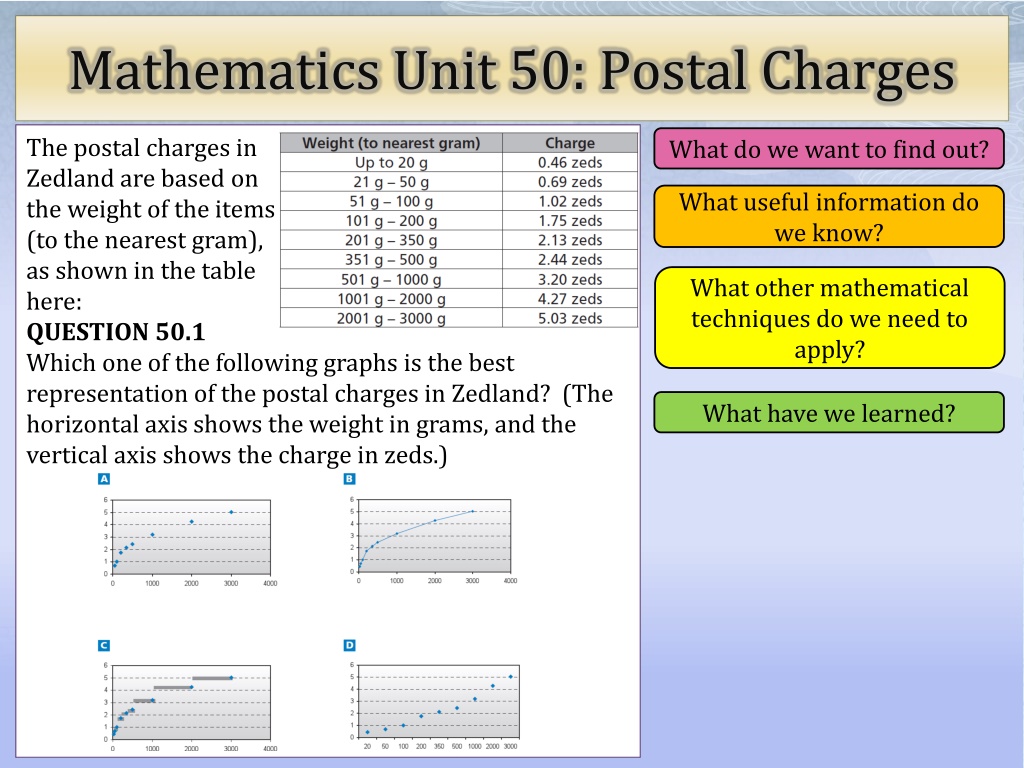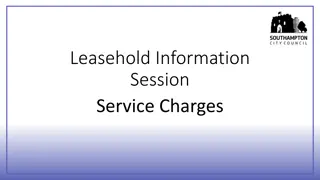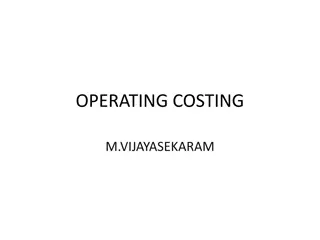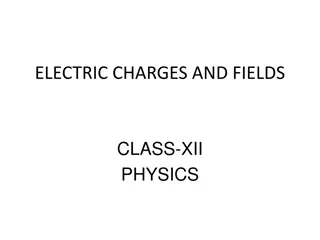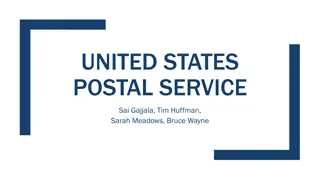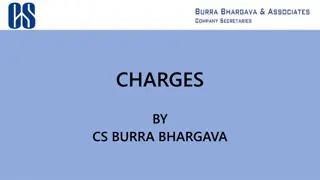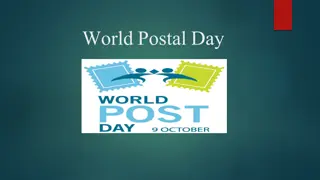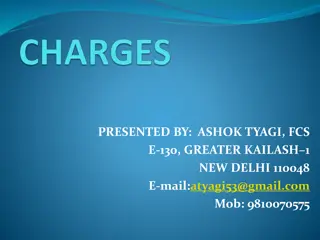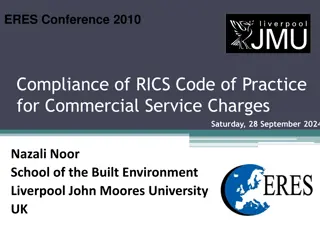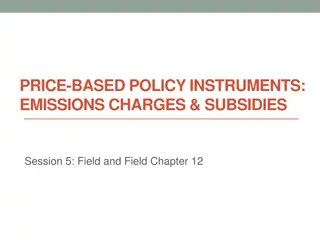Analyzing Postal Charges in Zedland Based on Weight
The postal charges in Zedland are calculated based on the weight of items to the nearest gram. The task is to determine the best representation graph for these charges, with weight in grams on the horizontal axis and charges in zeds on the vertical axis. By analyzing the provided graphs and applying mathematical techniques, we aim to understand the relationship between weight and charges. The information known includes the weight-to-charge mapping as depicted in the provided table. Utilizing mathematical analysis, we will infer patterns in the postal charges based on weight in Zedland.
Download Presentation

Please find below an Image/Link to download the presentation.
The content on the website is provided AS IS for your information and personal use only. It may not be sold, licensed, or shared on other websites without obtaining consent from the author. Download presentation by click this link. If you encounter any issues during the download, it is possible that the publisher has removed the file from their server.
E N D
Presentation Transcript
Mathematics Unit 50: Postal Charges What do we want to find out? The postal charges in Zedland are based on the weight of the items (to the nearest gram), as shown in the table here: QUESTION 50.1 Which one of the following graphs is the best representation of the postal charges in Zedland? (The horizontal axis shows the weight in grams, and the vertical axis shows the charge in zeds.) What do we want to find out? What useful information do we know? What useful information do we know? What other mathematical techniques do we need to apply? What other mathematical techniques do we need to apply? What have we learned? What have we learned?
Mathematics Unit 50: Postal Charges What do we want to find out? The postal charges in Zedland are based on the weight of the items (to the nearest gram), as shown in the table here: QUESTION 50.1 Which one of the following graphs is the best representation of the postal charges in Zedland? (The horizontal axis shows the weight in grams, and the vertical axis shows the charge in zeds.) What do we want to find out? What useful information do we know? What useful information do we know? What other mathematical techniques do we need to apply? What other mathematical techniques do we need to apply? What have we learned? What have we learned? Back to start Back to start
Mathematics Unit 50: Postal Charges What do we want to find out? The postal charges in Zedland are based on the weight of the items (to the nearest gram), as shown in the table here: QUESTION 50.1 Which one of the following graphs is the best representation of the postal charges in Zedland? (The horizontal axis shows the weight in grams, and the vertical axis shows the charge in zeds.) What do we want to find out? What useful information do we know? What useful information do we know? What other mathematical techniques do we need to apply? What other mathematical techniques do we need to apply? What have we learned? What have we learned? Back to start Back to start
Mathematics Unit 50: Postal Charges What do we want to find out? The postal charges in Zedland are based on the weight of the items (to the nearest gram), as shown in the table here: QUESTION 50.1 Which one of the following graphs is the best representation of the postal charges in Zedland? (The horizontal axis shows the weight in grams, and the vertical axis shows the charge in zeds.) What do we want to find out? What useful information do we know? What useful information do we know? What other mathematical techniques do we need to apply? What other mathematical techniques do we need to apply? What have we learned? What have we learned? Back to start Back to start
Mathematics Unit 50: Postal Charges What do we want to find out? The postal charges in Zedland are based on the weight of the items (to the nearest gram), as shown in the table here: QUESTION 50.1 Which one of the following graphs is the best representation of the postal charges in Zedland? (The horizontal axis shows the weight in grams, and the vertical axis shows the charge in zeds.) What do we want to find out? What useful information do we know? What useful information do we know? What other mathematical techniques do we need to apply? What other mathematical techniques do we need to apply? What have we learned? What have we learned? Back to start Back to start
Mathematics Unit 50: Postal Charges What do we want to find out? The postal charges in Zedland are based on the weight of the items (to the nearest gram), as shown in the table below: What do we want to find out? What useful information do we know? What useful information do we know? What other mathematical techniques do we need to apply? What other mathematical techniques do we need to apply? What have we learned? What have we learned? QUESTION 50.2 Jan wants to send two items, weighing 40 grams and 80 grams respectively, to a friend. According to the postal charges in Zedland, decide whether it is cheaper to send the two items as one parcel, or send the items as two separate parcels. Show your calculations of the cost in each case.
Mathematics Unit 50: Postal Charges What do we want to find out? The postal charges in Zedland are based on the weight of the items (to the nearest gram), as shown in the table below: What do we want to find out? What useful information do we know? What useful information do we know? What other mathematical techniques do we need to apply? What other mathematical techniques do we need to apply? What have we learned? What have we learned? QUESTION 50.2 Jan wants to send two items, weighing 40 grams and 80 grams respectively, to a friend. According to the postal charges in Zedland, decide whether it is cheaper to send the two items as one parcel, or send the items as two separate parcels. Show your calculations of the cost in each case. Back to start Back to start
Mathematics Unit 50: Postal Charges What do we want to find out? The postal charges in Zedland are based on the weight of the items (to the nearest gram), as shown in the table below: What do we want to find out? What useful information do we know? What useful information do we know? What other mathematical techniques do we need to apply? What other mathematical techniques do we need to apply? What have we learned? What have we learned? QUESTION 50.2 Jan wants to send two items, weighing 40 grams and 80 grams respectively, to a friend. According to the postal charges in Zedland, decide whether it is cheaper to send the two items as one parcel, or send the items as two separate parcels. Show your calculations of the cost in each case. Back to start Back to start
Mathematics Unit 50: Postal Charges What do we want to find out? The postal charges in Zedland are based on the weight of the items (to the nearest gram), as shown in the table below: What do we want to find out? What useful information do we know? What useful information do we know? What other mathematical techniques do we need to apply? What other mathematical techniques do we need to apply? What have we learned? What have we learned? QUESTION 50.2 Jan wants to send two items, weighing 40 grams and 80 grams respectively, to a friend. According to the postal charges in Zedland, decide whether it is cheaper to send the two items as one parcel, or send the items as two separate parcels. Show your calculations of the cost in each case. Back to start Back to start
Mathematics Unit 50: Postal Charges What do we want to find out? The postal charges in Zedland are based on the weight of the items (to the nearest gram), as shown in the table below: What do we want to find out? What useful information do we know? What useful information do we know? What other mathematical techniques do we need to apply? What other mathematical techniques do we need to apply? What have we learned? What have we learned? QUESTION 50.2 Jan wants to send two items, weighing 40 grams and 80 grams respectively, to a friend. According to the postal charges in Zedland, decide whether it is cheaper to send the two items as one parcel, or send the items as two separate parcels. Show your calculations of the cost in each case. Back to start Back to start
